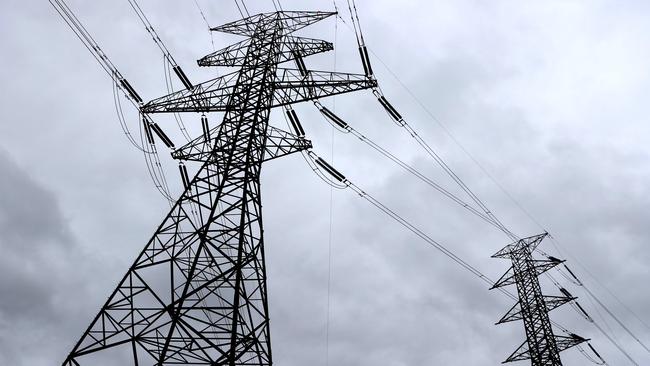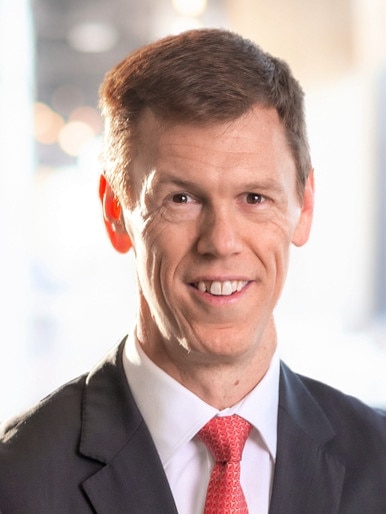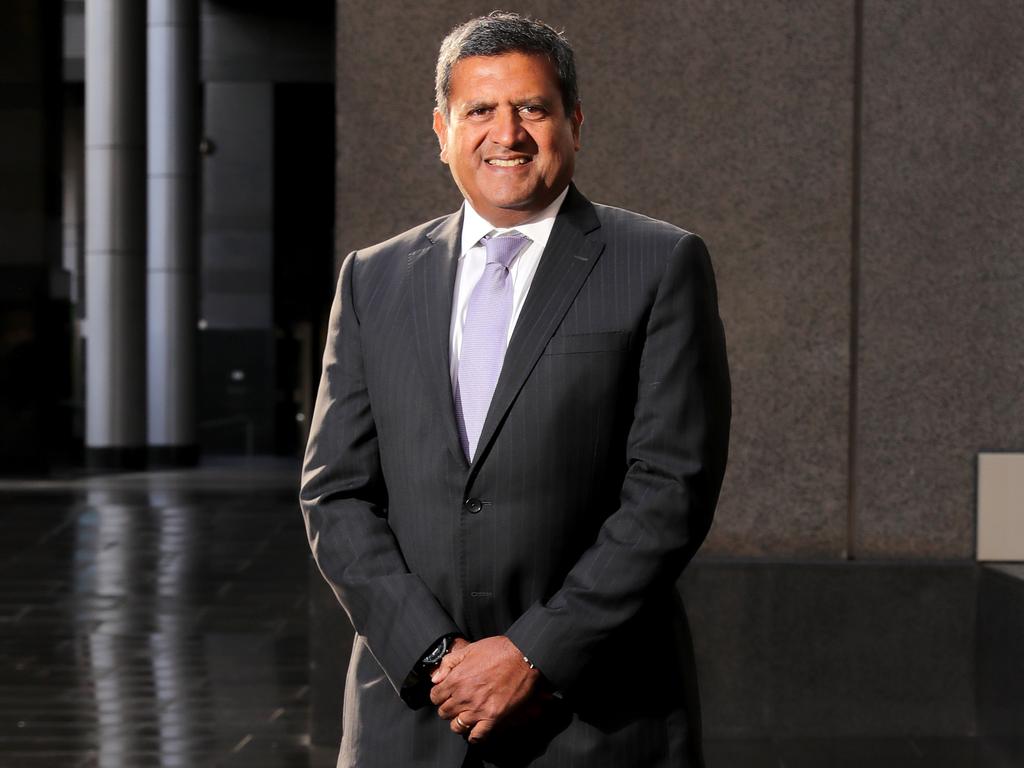The Australian’s CEO Survey 2022: Mark Collette of EnergyAustralia
EnergyAustralia chief executive Mark Collette sees a tough road ahead amid the growing likelihood Australia won’t enjoy a smooth energy transition.

EnergyAustralia boss Mark Collette outlines his thoughts on the challenges for the coming year in his responses to The Australian’s 2022 CEO Survey.
How are inflation and interest rates affecting your business and customers? Does it change your approach to capital management?
I’m concerned that global supply shocks have resulted in significant increases in energy costs which are starting to flow through to prices for our residential and business gas and electricity customers. Some of our customers will be doing it tough given multiple inflation challenges.
I urge our customers doing it tough to call as soon as possible so we can tackle the problems together. We have support available for customers having difficulty with their energy costs through payment plans, extensions, staying-connected guarantees, and access to cashflow assistance for small businesses.
Higher input costs in the sector are also a financial challenge to our overall capacity to invest. Every dollar that goes to higher ‘running the business’ costs is one less to invest in bringing new clean energy assets online.
These pressures aren’t just about the significant increases we are facing for gas and coal inputs. Our projects focused on asset performance and reliability and new clean energy investments are also becoming more expensive – whether that’s maintenance at our exiting power stations or the cost of a new grid-scale battery. We are now in a global race for kit to ensure the reliability of the existing energy system and accelerate the energy transition.
Where do you see risk now for Australian business – for example in energy, supply chain, cyber? What does the country need to do to attract investment?
The operating environment has changed significantly during 2022, and it’s not a one-off. Geopolitics and the growing likelihood that we won’t have a smooth energy transition mean we will be managing high and volatile energy prices for at least the medium term. In the energy sector, global supply chains are also under stress, and every business is now acutely aware of the risks that exist in the cybersecurity environment.

In energy, there’s a need for urgent investment across the system. EnergyAustralia is focused on getting projects up to add stability to the system. For example, Tallawarra B, the Wooreen battery, the Lake Lyell pumped hydro project and our support for Kidston.
However, the challenge is enormous. Some future scenarios show us growing from about 16 per cent wind and solar in 2020 – which took us about 15 years – to about 73 per cent by 2030. In eight years, Australia needs to build three and a half times the renewable capacity Australia built in roughly the past 15 years.
The do-ability of such a fast transition is a huge challenge given the state of supply chains, labour constraints and community acceptance for the scale of the infrastructure coming to the regions. Australia’s best chance to deliver comes from putting in place the energy market frameworks – such as a firming mechanism – to turbocharge the investment required.
How is energy transition affecting you? What needs to happen here?
We are more worried about Australia’s ability to make a smooth transition than a year ago. We are not alone if we look at what is happening in the UK and the rest of Europe, and Australia urgently needs policies and frameworks to accelerate our investment in building those things that will transform the energy sector.
For example, we need a policy framework that supports investment in firming capacity. Our best strategy to enable the energy transition is to build replacement capacity in advance of the thermal generation retirement. A framework that can firm renewables, respond to and integrate the different state and federal government initiatives while promoting competition to meet system needs should be progressed at speed. This is not just a priority for the energy sector; it’s a priority for the wider economy.
Other countries are making progress. In the US, the Inflation Reduction Act incentivises multiple sources of clean energy, and as a result, significant energy capital is expected to flow there, potentially at Australia’s expense.
Will the government’s changes on childcare and paid parental leave move the dial on workforce participation and productivity?
One barrier women face when returning to work after having a baby is the high cost of childcare. The government’s plans to reduce the cost of childcare and increase paid parental leave is a positive step. It’ll make it easier for women to return to work and supports workforce participation and productivity.
But it’s about more than just the economics. This year EnergyAustralia introduced a progressive Family Leave policy that takes aim at gender inequality. We now offer 20 weeks of paid parental leave that’s completely gender-equal. We are also tackling the gender super gap, paying super on periods of unpaid parental leave. Plus, pay a full-time super benefit to all employees working part-time after parental leave up to the child’s fifth birthday.
Read more: The Australian’s CEO Survey 2022
Has your business adapted to labour shortages? Do you see IR changes, including industry-wide bargaining as progress? Has your thinking on working from home changed in 12 months?
Like most businesses, this year, we’ve found it harder to fill certain roles – particularly those in technology and engineering. To help overcome this, we’ve streamlined our recruitment process and invested in workplace initiatives to make EnergyAustralia a great place to work, knowing that candidates often have more than one offer on the table. Fortunately, we also see the war for talent starting to ease with borders opening up, bringing more skilled workers to Australia.
EnergyAustralia is committed to flexible working. We want people back at work, but our approach is to allow each team to decide what works for them, which typically involves some time in the office and some time working from home. Personally, I’ve enjoyed spending more time in the office since Covid-19 restrictions have eased. Things like informal chats in the corridor and in-person meetings support creativity and better collaboration.







To join the conversation, please log in. Don't have an account? Register
Join the conversation, you are commenting as Logout